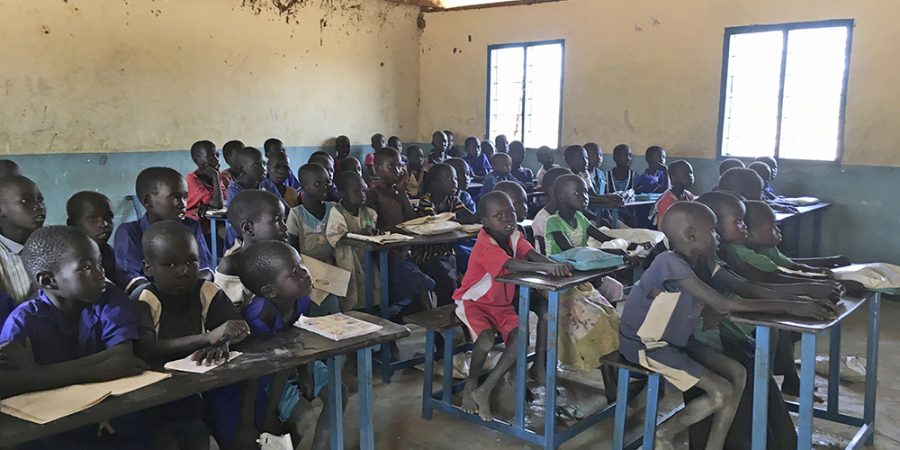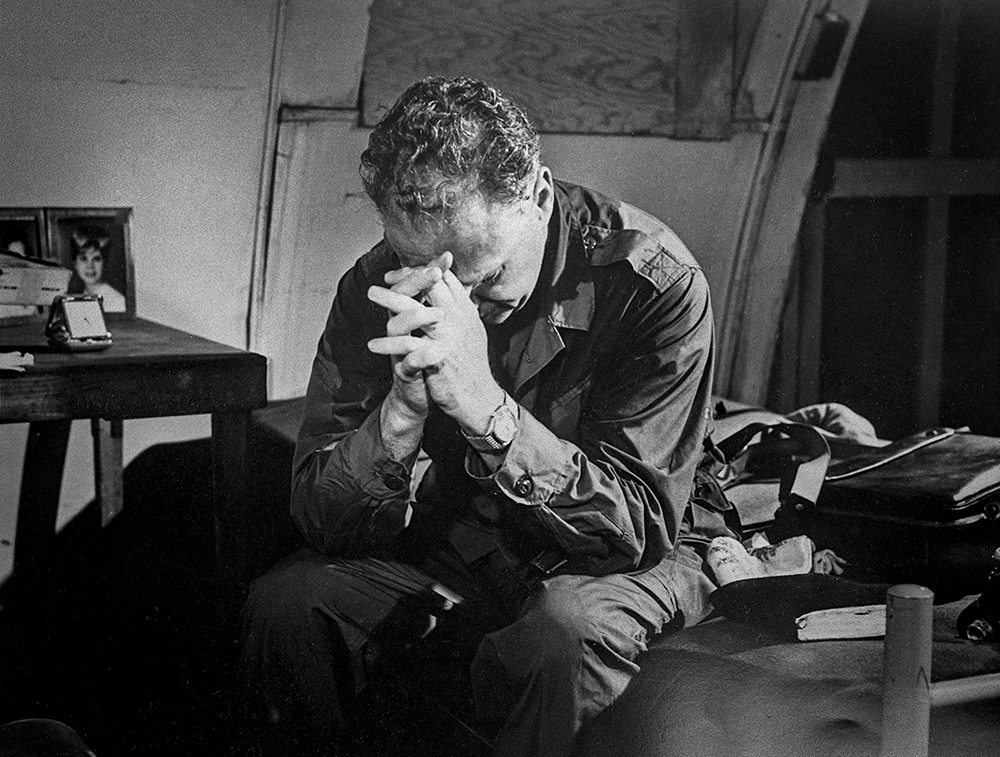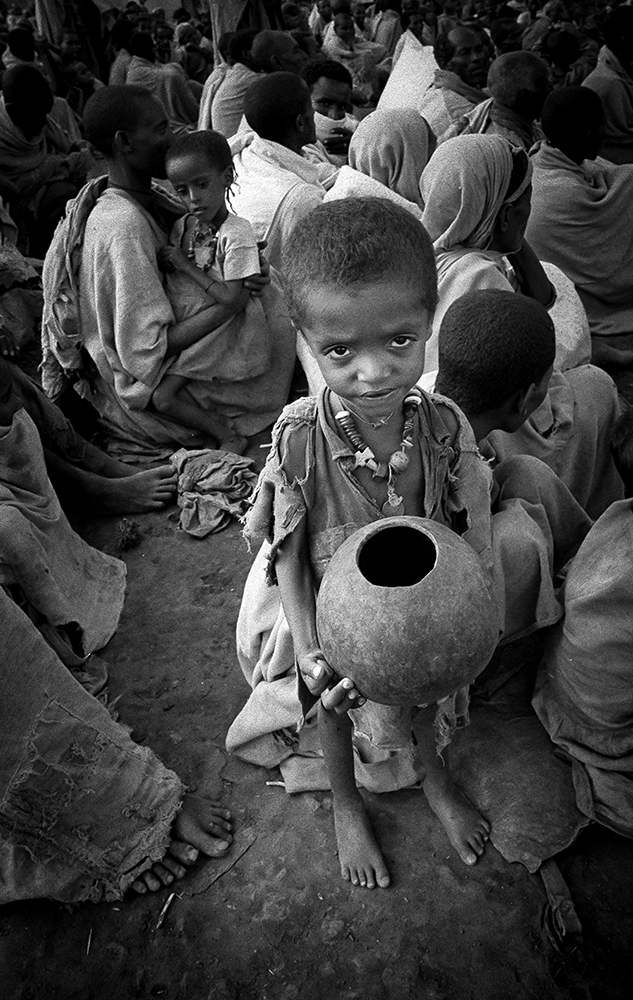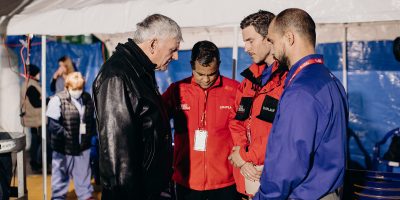World Vision is now flipping the script on child sponsorship.
World Vision tinkers with child sponsorship model that brought in millions

One fundraising method helped make World Vision one of the biggest nonprofits: persuading millions of people to donate around $40 a month to “sponsor” specific children in a developing country such as Haiti or Rwanda. In exchange, they get a photo of that child – with whom they may correspond a few times a year.
This arrangement creates an emotional bond while generating a stream of financial support for the nonprofit which helps it provide food, clean water, education and health care in the local communities where these kids live. Millions of Americans keep pictures of these children on their refrigerators as a reminder of the difference they’re trying to make.
World Vision is now flipping the script on child sponsorship. Instead of donors always getting to choose children, children are beginning to choose donors.
Traveling to China
As I observe in my recent book, “God’s Internationalists: World Vision and the Age of Evangelical Humanitarianism,” the aid group got its start when Bob Pierce, a young Baptist evangelist from Southern California, traveled to China at the end of World War II. The immense poverty there shocked him.
One encounter became the story of why he founded what at first was a small American evangelical mission agency. Confronted by a Dutch Reformed missionary asking Pierce how he personally was going to help her care for another girl just left on her doorstep after being abandoned by her family, he responded by giving her all the money in his pocket. He promised to send more as soon as he returned home.
Upon his return to the United States weeks later, Pierce confronted comfortable Americans at every opportunity with personal stories and real-life images of global poverty, asking them, “What are you going to do about it?”
But China was under Communist rule by 1949, arresting and expelling all foreign missionaries. Pierce kept traveling to Asia, this time preaching on the frontlines of the Korean War to U.S. and South Korean troops as well as trying to meet the basic needs of the growing numbers of Korean widows and orphans.
Pierce established World Vision by 1950 as a ministry to distribute the money he was raising in the U.S. to support his work abroad.

Spreading the model
Pierce didn’t invent child sponsorship. He borrowed the idea from other small relief agencies that had experimented with linking donors to specific individuals in need, beginning as early as the 1920s.
But World Vision was the first to use it on a massive scale.
It had 13,000 sponsorships in four countries by the end of the 1950s. Its budget quadrupled to $9 million by 1969 – the equivalent of almost $63 million today – as the number of countries in which it worked tripled and the number of sponsored children in their care more than doubled to 32,600 by the time Pierce left the organization.
In the 1970s, the organization spread from Asia into Latin America and Africa as it mastered new marketing techniques to do something Christian charities had long done: confront people in rich countries with stark images of overseas poverty.
World Vision’s growth exploded as its marketing mastery coincided with the Ethiopian famine of 1983 to 1985, which killed an estimated 1 million people. The organization helped bring this crisis to the general public’s attention through shocking photos.
While marketers knew the stark images raised more money, journalists, scholars and aid workers begin to push back. They objected to what they called “development porn” that, in their view, undermined the basic dignity of the children.

Questioning from the inside
Child sponsorship remained the group’s leading fundraising tool even as it expanded through revenue streams such as federal contracts, grants from the Bill and Melinda Gates Foundation and donated shipments of prescription drugs, building materials, food and other supplies.
Eventually, some staff began to question its sponsorship model. In the mid 1980s, World Vision experimented with putting its child sponsorship program on hold. When fundraising numbers fell, it restored the practice – albeit with tweaks.
For example, the organization signed on to codes of conduct that restricted the pictures it could use. Out went shots of kids with bellies swollen from hunger with flies in their eyes. In came shots of children smiling in classrooms while wearing new school uniforms.
World Vision integrated child sponsorship into its long-term community development approach by pooling monthly sponsorship dollars with other funds to ensure that all children and families in a particular community are supported. At the same time, the group realized that donors still embraced one-to-one connections.
Exchanging letters and watching a child’s growth year to year personalizes global poverty that might otherwise feel too overwhelming. Yet, despite World Vision’s education efforts, many sponsors still get the mistaken impression that their gifts directly support the kid they’ve gotten to know.
While World Vision itself maintains a Christian identity, it works in many countries where the children it sponsors as well as some staff it employs may follow different faiths. It also abides by a strict no-proselytizing policy that forbids using any aid to advance their particular religious viewpoint.
The Duchess of Sussex traveled to Rwanda with World Vision in 2016 to help draw attention to the importance of universal access to clean water.
Building new models
Today, World Vision donors are sponsoring 4 million children, a fourfold increase from the late 1980s. Dozens of other aid groups, including Compassion, Save the Children and ChildFund use similar models.
While remarkably successful as a fundraising strategy, child sponsorship has continued to face criticism as exploitative to children and overly simplistic in communicating the nature of community development to sponsors. Other critics have accused agencies of photographing and enrolling children without permission from their families.
At the same time, sponsoring revenue is a shrinking as a piece of World Vision’s revenue.
By the early 2000s, World Vision International had become the largest food aid distributor from the United Nations’ World Food Program and, alongside the International Committee of the Red Cross, it remained one of the largest first responders during disasters and humanitarian emergencies.
World Vision’s new Chosen campaign, which allows children to choose their sponsors instead of the other way around, isn’t changing how child sponsorship works. But, this change makes sense to me.
At least symbolically, World Vision is making the point that children living in poverty are not a problem to fix but rather a relationship to be developed with both donors and the kids themselves gaining something in the process.
[ Deep knowledge, daily. Sign up for The Conversation’s newsletter. ]
(David King is an assistant professor of philanthropic studies at IUPUI. This article is republished from The Conversation under a Creative Commons license. The views expressed in this commentary do not necessarily reflect those of Religion News Service.)
Read more news at XPian News… https://xpian.news




Comments are Closed